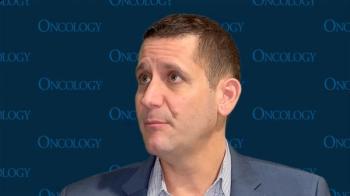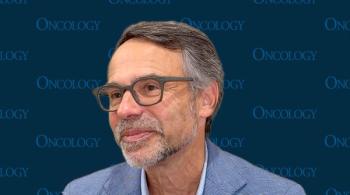
Small Benefit of Follow-Up Imaging in DLBCL Comes With High Costs
Use of routine follow-up imaging to monitor asymptomatic diffuse large B-cell lymphoma patients resulted in a small survival benefit, but at a substantial cost.
The use of routine follow-up imaging with CT or PET/CT to monitor asymptomatic patients with diffuse large B-cell lymphoma (DLBCL) resulted in little survival benefit and substantial economic cost, according to the results of a cost-effectiveness analysis
“Adopting the approach of not routinely imaging asymptomatic patients following complete remission would reduce costs and is unlikely to adversely impact clinical outcomes of patients with DLBCL,” wrote Scott F. Huntington, MD, of the division of hematology-oncology at the University of Pennsylvania, and colleagues. “Although the influence of both clinical practice guidelines and cost-effectiveness analyses on changing physician practice is variable, we hope our results add to the momentum of the Choosing Wisely Campaign and further reduce routine surveillance imaging of asymptomatic patients with DLBCL in remission.”
Huntington and colleagues compared three follow-up strategies in 55-year-old patient cohorts. Patients either underwent routine follow-up without imaging, follow-up with biannual CT for 2 years, or with PET/CT for 2 years. The cost-effectiveness analysis looked at life-time costs, quality-adjusted life years (QALYS), and incremental cost-effectiveness ratios (ICERs). The researchers calculated baseline costs from the 2013 Medicare fee schedule and medical literature.
The researchers calculated that follow-up with imaging was associated with minimal survival benefit with patients undergoing CT follow-up gaining 0.03 years and those undergoing PET/CT gaining 0.04 years.
Overall calculated costs associated with the imaging-based surveillance were considerable, the researchers wrote. Use of CT cost $3,310 more and use of PET/CT cost $4,270 more than routine clinical follow-up without imaging. Patients were estimated to have gained 0.02 QALYs for CT use and 0.025 QALYs for PET/CT. This gain resulted in an ICER of $164,960/QALY for CT and $168,750/QALY for PET/CT follow-up.
In an
“Indeed, a recent observational study published in Journal of Clinical Oncology by Thompson et al suggested that surveillance imaging is not highly effective for detecting relapse in DLBCL,” Abel wrote.
The study by Thompson et al found that when post-remission imaging was used in 774 patients from two sites, that asymptomatic relapse was only observed in 1.6% of patients.
“Although not without limitations, the Huntington et al study synergizes with the Thompson et al analysis to suggest that surveillance imaging after treatment for DLBCL does not really work,” he wrote.
Newsletter
Stay up to date on recent advances in the multidisciplinary approach to cancer.
















































































